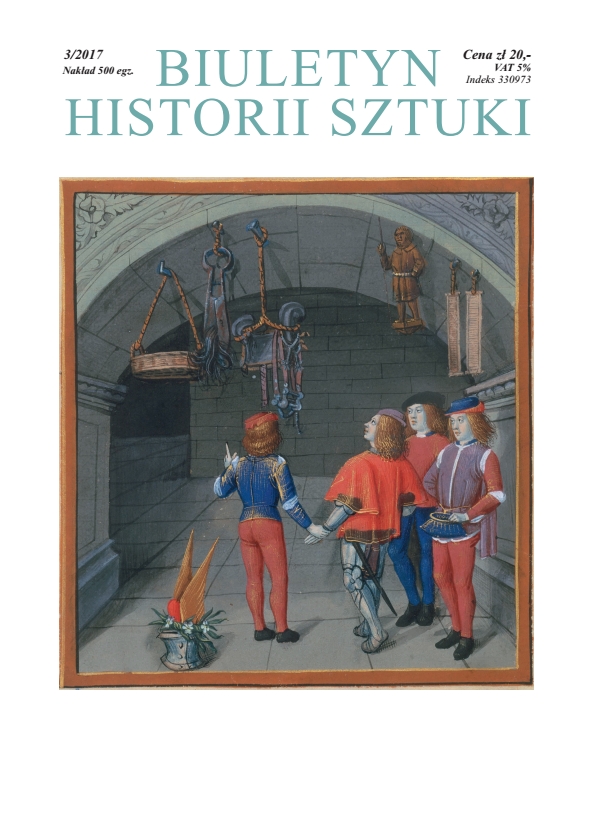Energia koloru i synergia sztuk. Dom własny Bohdana Lacherta
Energy of Colour and Synergy of Arts. House of the Architect Bohdan Lachert
Author(s): Katarzyna UchowiczSubject(s): Fine Arts / Performing Arts, Architecture
Published by: Instytut Sztuki Polskiej Akademii Nauk
Keywords: Polish modernism; House of the Architect; colour in architecture; neoplasticism; formation Praesens; Warszawa, Warsaw; Bohdan Lachert; Le Corbusier;
Summary/Abstract: Energy of Colour and Synergy of Arts. House of the Architect Bohdan Lachert A private house of the architect Bohdan Lachert developed at 8 Katowicka Street in Warsaw’s Saska Kępa District, was designed by the architectural company Lachert & Szanajca in 1928, according to the five rules of modern architecture presented by Le Corbusier. Le Corbusier’s solutions presented at the housing Weissenhofsiedlung exhibition in Stuttgart (two versions of a modular Citrohan house, 1927) served as its direct inspiration. The colours and the interior arrangement were Lachert’s genuine creation. In one of his interviews, the architect gave his idea about the rules of composing private space: ‘perception of this interior consists in searching for unicoloured surfaces which together form a spacious unit made mainly of three dimensions: vertical, horizontal, and the third one of a spatial cube”. Developed almost two decades before Władysław Strzemiński’s renowned New Plastic Room (1946—48), it had the colour disposition completed with a colourful office furniture set designed by Lachert. It became an element of an artistic dialogue between the Dutch group De Stilj (Theo van Doesburg, Piet Mondrian) and the Polish modernist formation Praesens, which, along with Lachert and Szanajca, was co-created by the marriages of the Syrkuses (Helena and Szymon) and the Brukalskis (Barbara and Stanisław). This pioneer adaptation of neoplasticism to architectural space, known only from archival photographs, became also one of the earliest efforts meant to adapt Katarzyna Kobro’s unistic laboratory spatial studies to larger scales.
Journal: Biuletyn Historii Sztuki
- Issue Year: 79/2017
- Issue No: 3
- Page Range: 525-565
- Page Count: 41
- Language: Polish
- Content File-PDF

